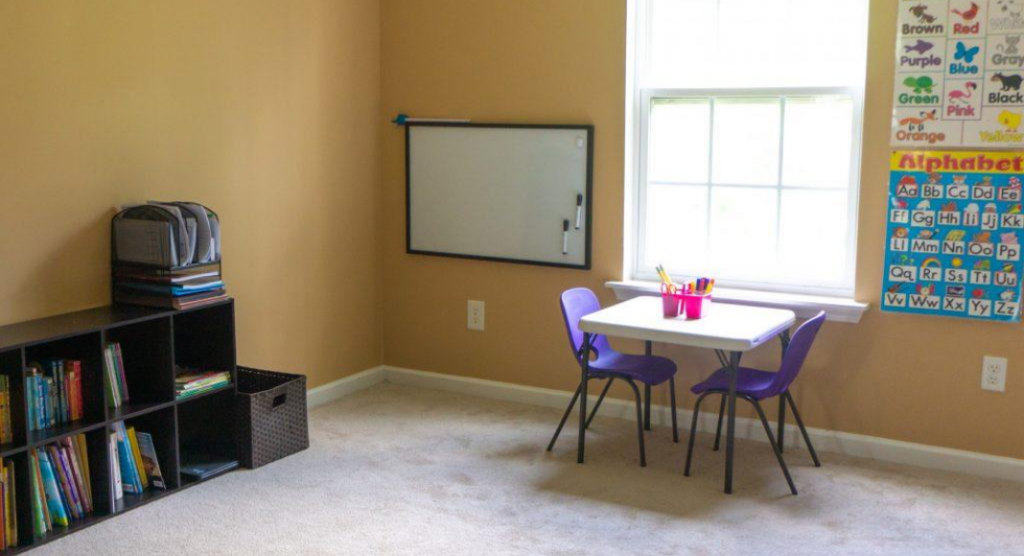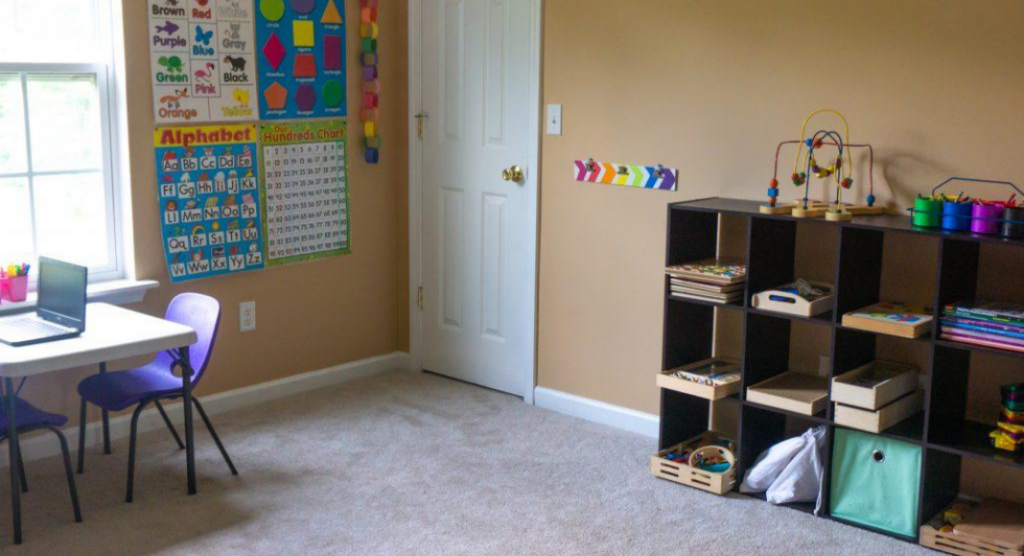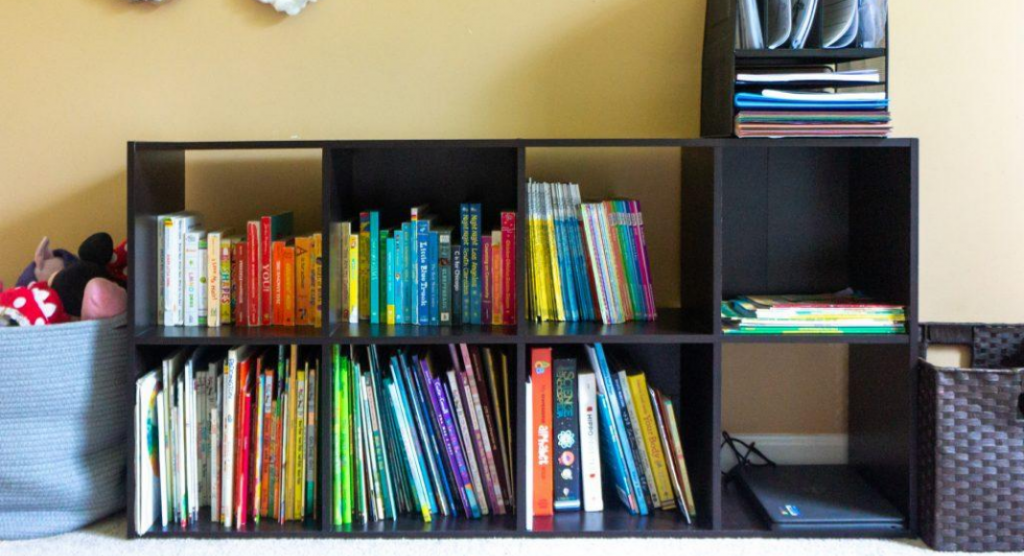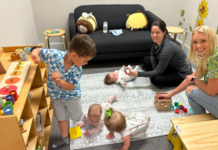 The first day of school for my family is just around the corner and we are beyond excited!
The first day of school for my family is just around the corner and we are beyond excited!
My five-year-old daughter will be starting kindergarten virtually through a nearby school, and I’ll be doing homeschool preschool with my three-year-old daughter. Although my children are learning from home, I’m determined to make it a fruitful, memorable year. For us, that starts with creating a functional, kid-friendly learning environment!
Before becoming a stay-at-home mom, I was an elementary school teacher, and one of my favorite activities was getting my classroom ready for my students. Maintaining a space that is conducive to learning is essential for success! It allows your child to focus, be inspired, and sets a tone that academics are a priority.
Despite what Pinterest may lead you to believe, no one expects you to replicate a classroom in your home. It’s definitely fun to admire all of the beautiful spaces you see online, but do yourself a favor and stop comparing your home to theirs. What’s practical for some families may not be for yours, and that’s okay.
This is an opportunity to customize something for your children!
As you design your learning environment, consider what’s realistic for your home. Be mindful of limitations, such as the amount of room you have, your budget, and what type of learning will occur.
We’ve converted this loft into our learning space. My older daughter will be doing virtual learning while my littlest one is going to have a lightly structured play-based approach. This area reflects both of their needs.
Here is what’s most important when creating a home learning environment for young kiddos!
 Clutter-Free
Clutter-Free
Neat and tidy spaces allow your kids to concentrate better! This can get harder as the year goes by and schoolwork accumulates, but do your very best to clear their learning environment from distractions.
Along these same lines, it’s okay if you don’t immediately fill the walls with posters and artwork. As the year progresses, you can decorate the empty spaces to reflect what your kids are learning.
A Comfortable Place to Sit
You don’t need a huge space! It can be anywhere in your house, and it may even change throughout the day or week. A desk, table, bed, the floor, or a couch all work equally well. Just make sure that your child can comfortably use the materials that they need, and that the space is consistently available to them.
My kids like writing and using technology at their table but move to the floor for puzzles and reading.
 Organized School Materials
Organized School Materials
Since my five-year-old is learning through her school, they provided several materials for her, including workbooks and practice pages. We’re storing these in a paper organizer so that she can quickly find them throughout her school day. The school also lent her a Chromebook, which we assigned a spot for when it isn’t in use.
Accessible Supplies
One of my goals is for children to function as independently as possible. That means accessing all of their own supplies and materials. We have a small caddy on their table for the items that are used frequently (pencils, scissors, glue, and markers), and then everything else has a designated home at their height on one of our shelves.
Set the expectation from day one that they will be responsible for proper care and clean-up of their supplies. It will make your job easier!
Quality Supplies
I don’t think that you need to buy the latest and greatest school supplies every fall. I do, however, think that if you are going to spend money on supplies, they should be the best quality. We’re still using the same old crayons that we’ve had for years because we chose to invest in the most reliable brand.
If you like spending wisely, these are the brands I recommend for popular supplies:
- Crayola crayons and markers
- Ticonderoga pencils
- Elmers glue sticks
- Fiskars scissors
- Expo dry erase markers
 Wooden Puzzles
Wooden Puzzles
Since my background is in early childhood development, I feel very strongly that play-based learning and exploration are necessary for teaching and engaging young children. We have a variety of wooden puzzles to practice letters, shapes, numbers, and colors as well as challenge my kids to problem solve and think critically.
Most of our puzzles are Melissa & Doug, but Facebook Marketplace and consignment shops are great places to find wooden toys.
 Books
Books
You should be reading with your kids every single day! Early exposure to a variety of books promotes language development and instills literacy skills.
The public library, secondhand bookstores, and hand-me-downs from friends are all inexpensive ways to build your personal library!
And most importantly…
The biggest factor in your child’s achievement is your attitude! How you approach each lesson and challenge will influence their confidence and willingness to learn. Stay patient, optimistic, flexible, and have fun this school year!
What are other things that you’re including in your home learning environment?














